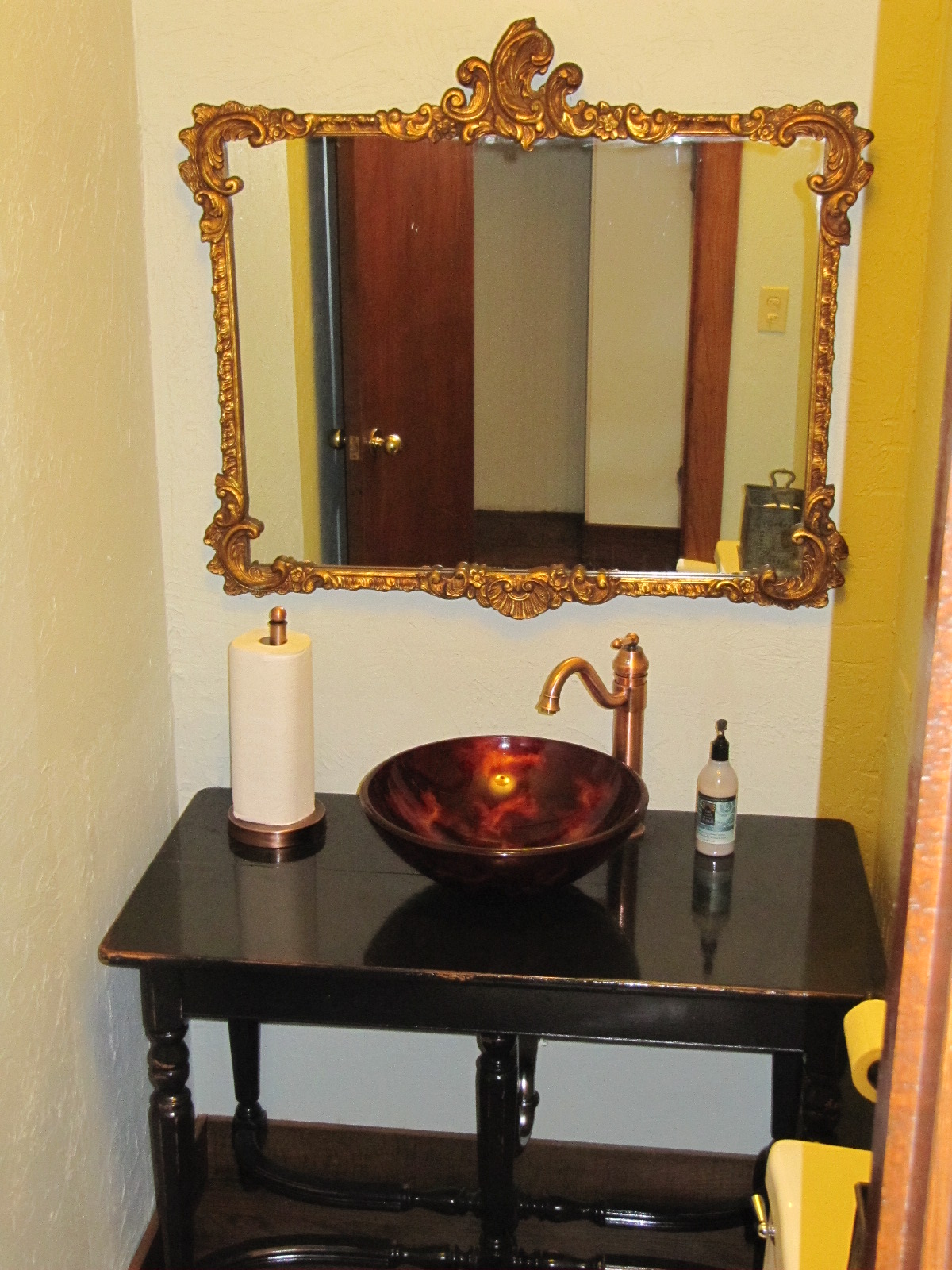“The only business without problems is a dead business.”
~ Dr. Ichak Adizes, Author, Corporate Lifecycles
I love this quote, because it simply normalizes the fact that your business will have problems. Kind of takes the sting out of it. Makes you feel less…inadequate.
So let’s just be honest with ourselves. Running a business means solving problems.
Not just occasionally. Daily. Hourly.
And these business problems can just wear us slick.
Our time as leaders is not best spent on solving problems. It is best spent on creating possibilities and opportunities.
So here’s another powerful quote to help move you in the right direction.
“Fast and roughly right decision-making will replace deliberations that are precise but slow.”
~ Rita Gunther McGrath, Professor, Columbia Business School
Wouldn’t it be nice to have a handy little guide to help you think problems through and make the best decisions possible, as quickly as possible?
Here are eight simple steps to consider in any situation that requires problem solving:
- Inhale. Exhale. Repeat. Seriously, just like yoga. Because taking in a long slow deep breath and exhaling slowly two or three times instantly lowers your heart rate and your stress level. So relax. Breathe.
- Suspend your assumptions. Yup, you have them. You just have to be intentional about naming them. It might even help to write them down. “I assume______.” We hold on to assumptions because they create a safety zone, preventing new thinking and new ideas. But they can be fatal unless we check them out.
- Ask “Why” five times. This takes you deep into the core of the problem. You’re looking for a real solution, not a Band-Aid, so find the core of the problem and fix that. For example: The printer won’t work. Why? It says the print cartridge is damaged. Why? I don’t know, but this happened before. Why? Tech support says it’s a known issue with this model. Why? There’s a bug in the software. In just four Whys you realize that you don’t just need to replace the print cartridge. You need a different printer model.
- Define your desired outcome. What are you looking for, ideally? Wrap your decision about what really matters most. Of the five or six strategic objectives you want, which is really the top priority? Of all the people you are trying to keep happy, which one is the most important?
- Think possibilities. Every problem holds an opportunity. You don’t need a short term solution that leaves you in the lurch long term. Look down the road. What you are facing might look like a huge mountain to climb. But on the other side of that mountain is a lush valley. Think bigger.
- Apply logic. Whether we realize it or not, most of our decisions are based on emotions. We simply use logic to justify them. Emotions like anxiety, dread, or fear lead to bad decisions. Know your facts. Be very intentional about applying logic to the problems you face.
- Run your options past a “devil’s advocate.” Years ago another consultant and I had an intense heart-to-heart with our client, trying very hard to talk her out of a very risky decision. We were the devil’s advocates. She decided to pursue the opportunity anyway, but the objections and concerns we expressed provided valuable information that she used to mitigate her risk. And her project was over-the-top successful!
- Make a decision. Speed matters. Procrastination is deadly. We can gather information indefinitely, but if we delay difficult decisions to long, all that information will change anyway. There are very few decisions that can’t be undone. Get it over with. Remember, there really are no “perfect” solutions. We always have to deal with an uncertain future. One decision leads to the next.
Above all, teach this problem-solving method to your employees. Print it out and discuss it at your next staff meeting.
Never neglect an opportunity to train and educate those who work for you. Don’t just teach them WHAT to think – teach them HOW to think.
The more capable they are of solving problems and making decisions, the fewer problems that will land on your desk!
Almost forgot! Get your free Self-Growth Secrets – a new 3-part podcast series you can listen to at your convenience. We’ll talk about stress, guilt, self-doubt and creating your personal vision. Get it right now, just click here…

 Like most 17-year old girls growing up in southern California, I spent weekends at the beach. My girlfriends and I would pile into a car and head to 17th Street at Newport.
Like most 17-year old girls growing up in southern California, I spent weekends at the beach. My girlfriends and I would pile into a car and head to 17th Street at Newport.
 I knew it could be the perfect place for my office, but it definitely needed a facelift. The colors were dull, the kitchens and bathrooms were dated (I don’t even want to talk about the urinal in the upstairs bathroom), and the floors were worn. But I knew it could be transformed. (Some of us fall in love with “possibilities.”)
I knew it could be the perfect place for my office, but it definitely needed a facelift. The colors were dull, the kitchens and bathrooms were dated (I don’t even want to talk about the urinal in the upstairs bathroom), and the floors were worn. But I knew it could be transformed. (Some of us fall in love with “possibilities.”) It worked! If you saw this table-turned-bathroom-vanity today, tucked firmly in its place with its vessel sink and ornate mirror, you would never know what happened.
It worked! If you saw this table-turned-bathroom-vanity today, tucked firmly in its place with its vessel sink and ornate mirror, you would never know what happened.